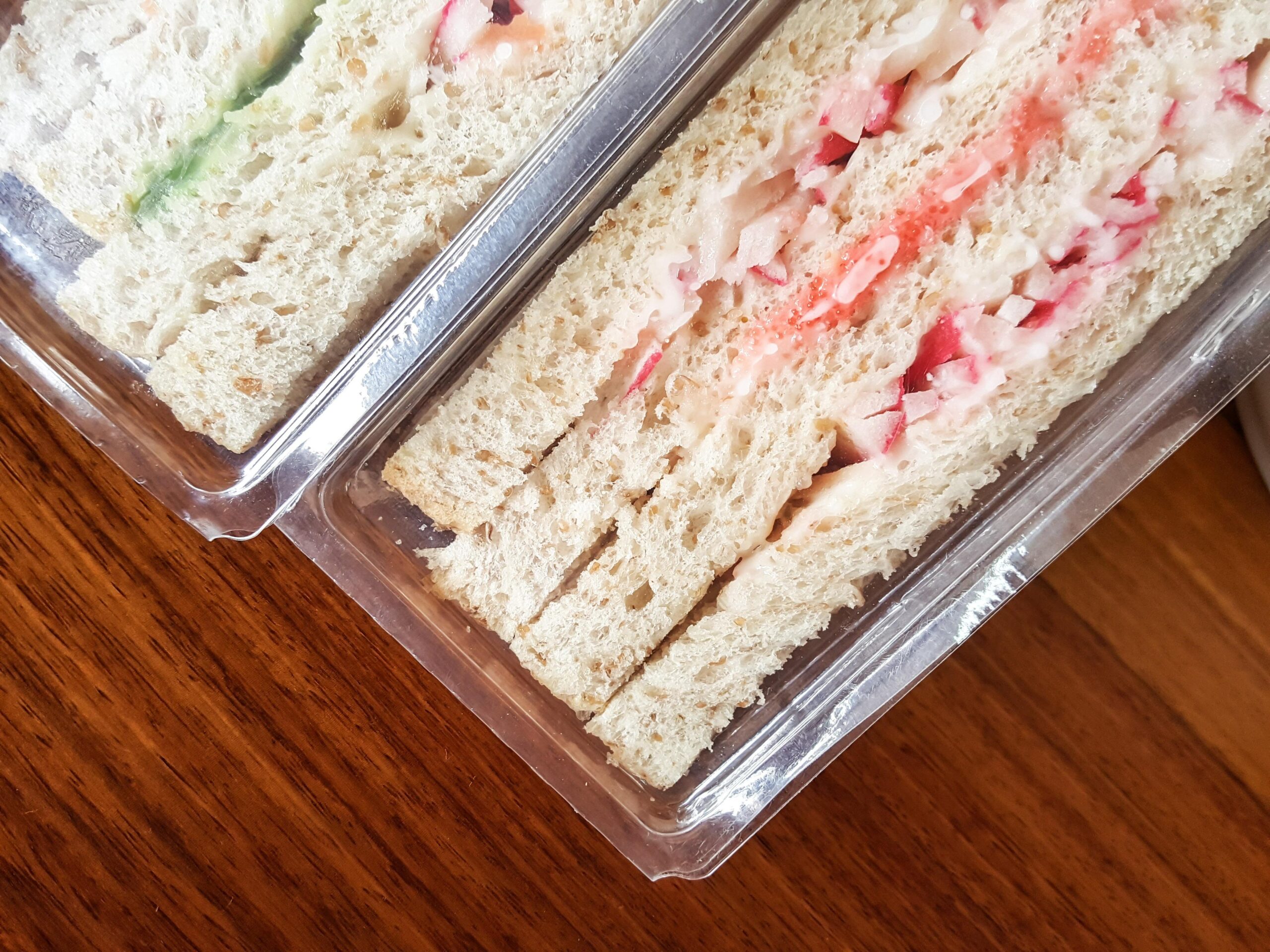How to detect the smallest leaks in your sandwich packaging
In today’s Western world, where grabbing a pre-packed sandwich for lunch has become somewhat of a commodity, absolutely no customer appreciates a spoiled sandwich because of a defective package. Ingredients that make up the sandwich, such as bread, cheese, and sauces, are sensitive to moisture and require modified atmosphere packaging (MAP) to stay fresh longer and preserve organoleptic properties. However, MAP packaging is only effective if the package is intact and has no leaks that allow gases to escape.

What causes micro leaks in your packaging?
MAP packaging replaces the air in a package with oxygen, nitrogen, and carbon dioxide (CO2) to improve the shelf life of pre-packed products. With CO2 inside the package, you can store food safely, longer and keep it fresh. However, some packages might not be sealed properly during the production process, which allows CO2 to escape and the product to go bad. This can be unintentionally caused by manually handling the sandwich ingredients and putting ham, cheese, salad, or chicken on the bread before it goes in the package. Breadcrumbs or food residue may end up on the welding area, preventing proper sealing of the package.
Gently press your package to detect CO2 escape.
To detect these leaks, the final product must be inspected. A good inspection method on the market is an inline non-destructive detection system based on IR spectroscopy that can identify sealing defects due to holes and even micro-holes. Two rollers gently press the package as it passes through. This will not destroy the product as the pressure can be adjusted automatically. In contrast, other leakage detecting systems that apply the same pressure to different packaging might destroy a product that does not even leak. In case of micro leaks, a suction system for medium and large producers of prepacked sandwiches can sample the gas that may escape from defective packages. If CO2 is detected, the system will reject the package. The video below shows exactly how it’s done.
